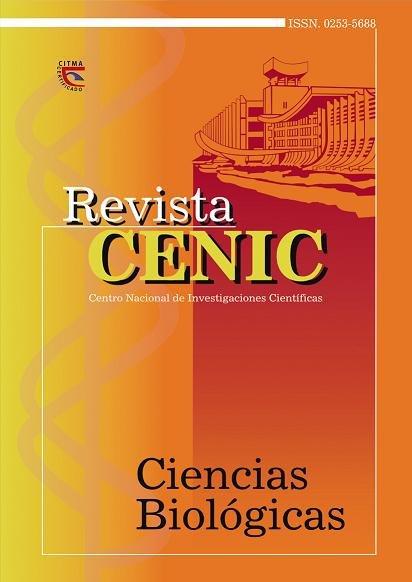Concomitant use of the infusion of Ilex paraguariensis (matte) during antiretroviral treatment with Atripla (emtricitabine, efavirenz and tenofovir disoproxil fumarate). Case report
Abstract
Ilex paraguariensis (mate) is one of the plants more traditionally used to elaborate infusions in South America countries. It has won prestige in world markets, including United States, Asia and Europe for their benefits in the glucose metabolism and also to present properties hypocholesterolemic, anti-inflammatory, anti-obesity, hepatoprotective and antioxidant. To report a clinical case with observed adverse reactions reduction during the concomitant consumption of mate infusion with Atripla (emtricitabine, efavirenz and tenofovir (disoproxil fumarate)) treatment. The masculine patient's clinical history assisted in external consult of the Institute of Tropical Medicine “Pedro Kourí” was revised for check evolution during one year. Accrual literature related to the case was reviewed. The presentation of a patient case that has improved its quality of life after ingestion of mate infusion when some of the Atripla adverse reactions that the patients experience with HIV diminishing without pharmacological interaction or the appearance of other side effects. It is important the patients orientation by medical personnel during antiretroviral treatment as Atripla about the benefits of mate infusion consumption as safe nutraceuticals therapeutic strategy.
Downloads

Downloads
Published
How to Cite
Issue
Section
License
Los autores que publican en esta revista están de acuerdo con los siguientes términos:
Los autores conservan los derechos de autor y garantizan a la revista el derecho de ser la primera publicación del trabajo al igual que licenciado bajo una Creative Commons Atribución-NoComercial-CompartirIgual 4.0 Internacional que permite a otros compartir el trabajo con un reconocimiento de la autoría del trabajo y la publicación inicial en esta revista.
Los autores pueden establecer por separado acuerdos adicionales para la distribución no exclusiva de la versión de la obra publicada en la revista (por ejemplo, situarlo en un repositorio institucional o publicarlo en un libro), con un reconocimiento de su publicación inicial en esta revista.
Se permite y se anima a los autores a difundir sus trabajos electrónicamente (por ejemplo, en repositorios institucionales o en su propio sitio web) antes y durante el proceso de envío, ya que puede dar lugar a intercambios productivos, así como a una citación más temprana y mayor de los trabajos publicados (Véase The Effect of Open Access) (en inglés).














